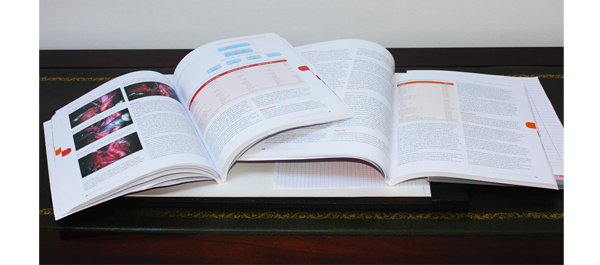Editorial: Circumcision – follow-up or not?
There is an excellent study from Uganda in this issue of the BJUI [1]. It looks at the rate of healing of men undergoing prophylactic circumcision. Some had HIV; others not. What they termed ‘complete wound healing’ was an intact scar without a scab, sutures or a sinus – effectively a ‘sealed’ wound. There are several useful data therein:
- all men had healed by 6 weeks; the median being 4 weeks.
- HIV status did not appear to delay wound healing, even with low CD4 counts.
- the patient was 95% likely to judge wound healing correctly himself.
- routine circumcision can be safely carried out by trained medical officers.
- a complication rate of 0.5% was reported.
So what follow-up, if any, is necessary after circumcision? Based on this population it would appear that a well instructed/consented patient can be relied on to judge healing after prophylactic circumcision. They probably do not need follow-up provided their expectations are managed well, and there is ease of access to return should problems arise.
However, this may not be generalizable to men having circumcision for phimosis or other abnormality of foreskin. These patients may have delayed healing, meatal issues or a urethral stricture upstream. Histopathological examination of abnormal foreskins is sensible also as further treatment/follow-up may indicated.
I recommend a read of this superb paper.
Paul K. Hegarty
Consultant Urological Surgeon, Mater Private, Cork, Ireland




Very sensible recommendations from Paul Hegarty for followup after circumcision.
Please let us know what you do in your own practice?
Circumcision is an art. Similar to Hernia repairs, every surgeon (urologist!) will develop their own unique style, which they claim would be better than what he/she was taught. Lets be honest, Circumcision is one operation wherein you finish and say “he is going to thank me for the rest of his sexual life”. In other words, you need to follow up at least once and see your post-operative results.
This is especially true in teaching institutes, wherein trainees perform the procedure (supervised and unsupervised) and unless they follow-up their results, training is incomplete.In addition, as Paul has high-lighted, many a circumcision are performed for pathological phimosis wherein additional procedures may be needed.
In my opinion, therefore, follow-up is necessary.